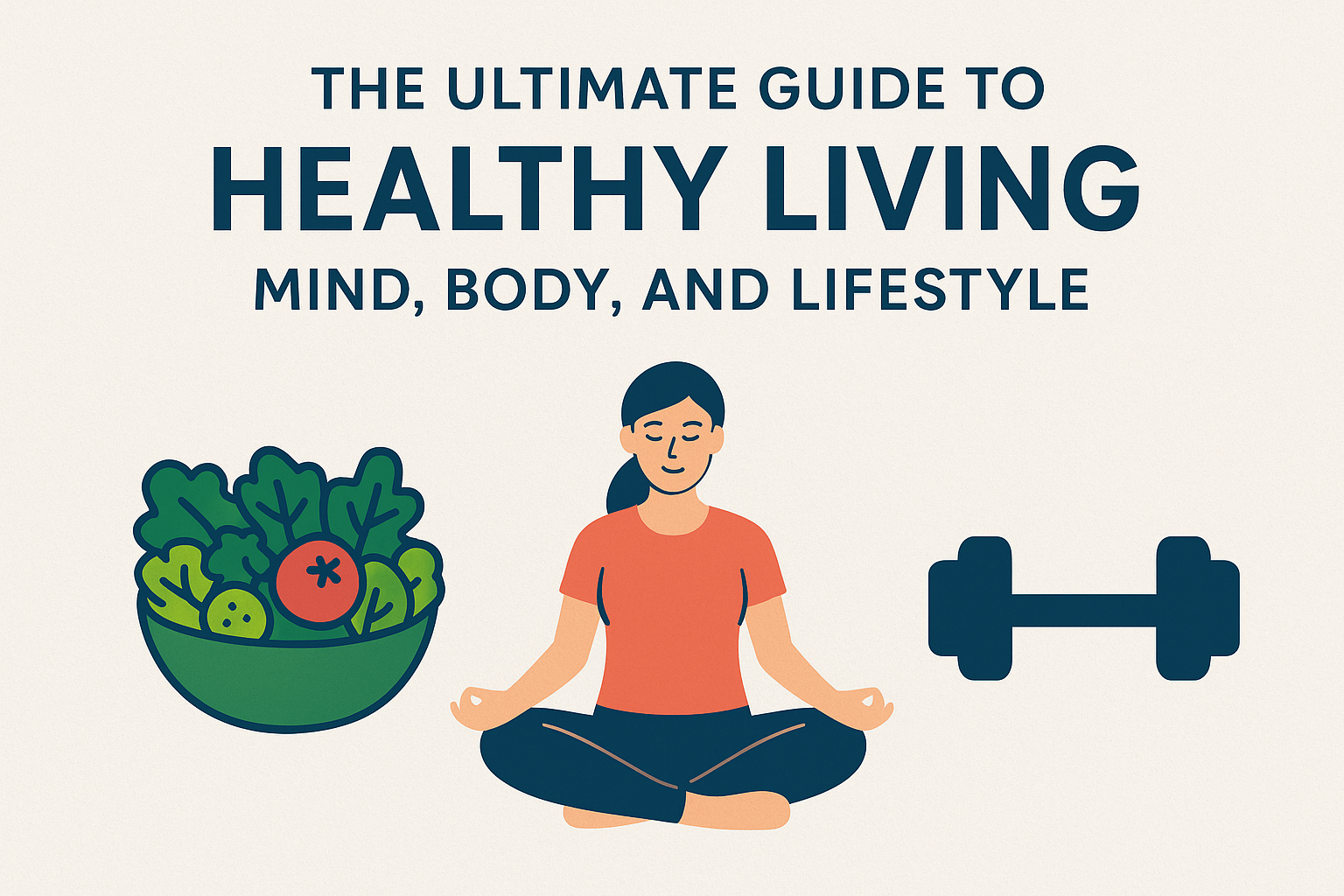A complete, practical guide (≈5000 words) to escape digital overload, build meaningful habits, and thrive in a hyperconnected world.
Introduction: The Hidden Cost of Constant Connectivity
Our devices keep us always connected, yet this connectivity comes with a hidden price. Notifications, endless feeds, and compulsive scrolling fragment attention, drain creativity, and erode deep relationships. The average person checks their phone hundreds of times daily. While technology delivers benefits, without boundaries, it hijacks time, energy, and focus.
Digital minimalism is not about rejecting technology but about using it with intention. It’s a philosophy that asks: Which technologies support my values, and which ones distract me? The answer leads to a life with more focus, less stress, and deeper human connection.
Core Principles of Digital Minimalism
- Intentionality: Every digital tool must serve a clear purpose aligned with your values.
- Quality over quantity: Prioritize fewer, high-value activities online instead of spreading thin across many apps.
- Focus: Design your environment to minimize distractions and reclaim attention.
- Boundaries: Separate work and personal time, protect offline space for rest and relationships.
- Subtraction before addition: Remove unnecessary digital clutter before adding new tools.
Step 1: Digital Declutter
Start by simplifying your digital environment. Unnecessary apps, old files, and excessive subscriptions drain energy in the background. A clean digital space reduces friction and temptation.
Practical steps:
- Uninstall unused apps from your phone and computer.
- Unsubscribe from emails that no longer serve you.
- Organize files into a simple, intuitive folder structure.
- Reduce home screen icons to only essentials.
Step 2: Reclaiming Attention
Attention is your most valuable resource. Every app competes for it, but you can design your day to reclaim control.
Strategies:
- Turn off all non-essential notifications.
- Batch email and messaging checks instead of always-on monitoring.
- Use website blockers for addictive sites during work hours.
- Practice mindfulness to train focus.
Step 4: Healthy Device Boundaries
Without boundaries, devices infiltrate every moment. Establish rituals and spaces where screens are absent.
- No-phone zones: bedroom, dining table.
- No-screen times: first hour after waking, last hour before bed.
- Use grayscale mode to reduce phone’s addictive pull.
- Buy an alarm clock so your phone doesn’t live by your bed.
Step 5: Deep Work and Productivity
Shallow multitasking fragments thinking. Deep work—long, focused sessions—produces breakthroughs and mastery.
Deep work habits:
- Schedule daily focus blocks.
- Work in distraction-free environments.
- Use the Pomodoro technique (25–50 min focus, short break).
- Track progress to build momentum.
Step 6: Filling Life with Meaningful Alternatives
When you remove digital noise, you must fill the gap with meaningful activities or you’ll relapse. Rediscover analog joys.
- Read physical books.
- Learn a craft or hobby.
- Spend more time in nature.
- Invest in face-to-face relationships.
Digital Minimalism for Families & Kids
Children model adult behavior. Teaching digital boundaries early creates healthier habits for life.
Family strategies:
- Set family screen-free times (dinner, weekends).
- Create a charging station outside bedrooms.
- Encourage outdoor play and creative projects.
- Discuss media critically: talk about how algorithms shape what they see.
Practical Tools & Apps
Ironically, some digital tools help enforce digital minimalism.
- Freedom: blocks distracting websites/apps.
- Forest: gamifies focus with virtual trees.
- RescueTime: tracks time spent online.
- Kindle or Pocket: save reading material for intentional sessions.
30-Day Digital Detox Challenge
A structured detox builds momentum. For 30 days, remove optional technologies, then reintroduce only those that serve clear purposes.
Steps:
- List optional technologies (social media, news apps).
- Remove them from devices for 30 days.
- Explore meaningful offline activities.
- After 30 days, reintroduce selectively with rules.
FAQs and Common Pitfalls
“Do I have to quit social media entirely?”
No. The goal is intentional use. If a platform helps your career or relationships, keep it—but with rules.
“What if my job requires me to be online constantly?”
Set boundaries around personal use, and carve out offline breaks. Even professionals in tech can live minimally.
“I relapse after a detox—am I failing?”
Relapse is normal. Digital minimalism is a practice. Each cycle builds awareness and stronger habits.
Conclusion & Next Steps
Digital minimalism is about regaining control. By decluttering, setting boundaries, reclaiming attention, and filling life with meaning, you design a life where technology serves you—not the other way around. Start small today: uninstall one app, schedule a no-phone evening, or set your first deep work block. Momentum builds from there.
Reclaim focus, rediscover presence, and build a better life in a connected age.













Step 3: Social Media with Intention
Social media can connect but also consume. The key is to design how you use it instead of letting algorithms dictate.
Tips: